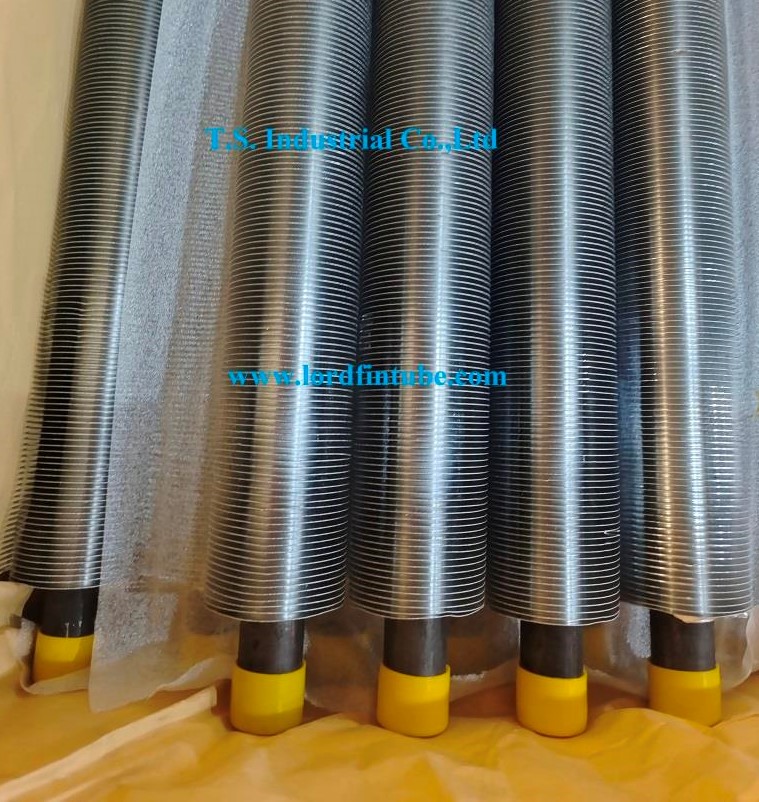Lord Fin Tube-Aero Condenser Fin Tubes
What are aero condenser fin tubes?
Aero condenser fin tubes are a type of heat exchanger used in various industrial applications for cooling and condensing fluids. These fin tubes are designed with a large surface area to maximize heat transfer between the fluid being cooled and the surrounding air.
The tubes are typically made from materials such as copper, aluminum, or stainless steel, while the fins are made from the same material as the tube or a different material such as carbon steel or titanium. The fins are attached to the tube using various methods, including rolling, brazing, or welding.
Aero condenser fin tubes common types:
The design of the fin tubes can vary depending on the specific application and requirements. Some common types include:
1. Extruded Fin Tubes - These fins are formed by extruding the material of the tube to create fins that run the length of the tube. This method provides a high degree of contact between the fins and the tube, resulting in efficient heat transfer.
2. L Fin Tubes - These fins are formed by wrapping a strip of material around the tube, creating an L-shaped fin. This design provides a higher surface area than plain tube and can be used in applications where space is limited.
3. Embedded Fin Tubes - These fins are formed by inserting a strip of material into the wall of the tube, resulting in a strong mechanical bond between the fin and the tube. This design is commonly used in applications where the fin tubes are subjected to high pressure.
|
Extruded Serrated Fin Tube |
||||
|
Base Tube Material |
Fin Material |
Tube Length (mm) |
Fin length (mm) |
Fin Tube Quantity (Pc) |
|
ASTM A179 |
SB209 1050 |
9144 |
9044 |
1248 |
|
Base Tube O.D (mm) |
Base Tube Thickness (mm) |
Fin Height (mm) |
Fin Thickness (mm) |
Fin Pitch |
|
25.4 |
2.77 |
15.88 |
0.4 |
394FPM |
|
ASTM A179 is a Standard Specification for Seamless Cold-Drawn Low-Carbon Steel Heat-Exchanger and Condenser Tubes |
||||
Overall, Aero condenser fin tubes are an effective and efficient way to transfer heat between fluids and the surrounding air, making them a popular choice in many industries.


